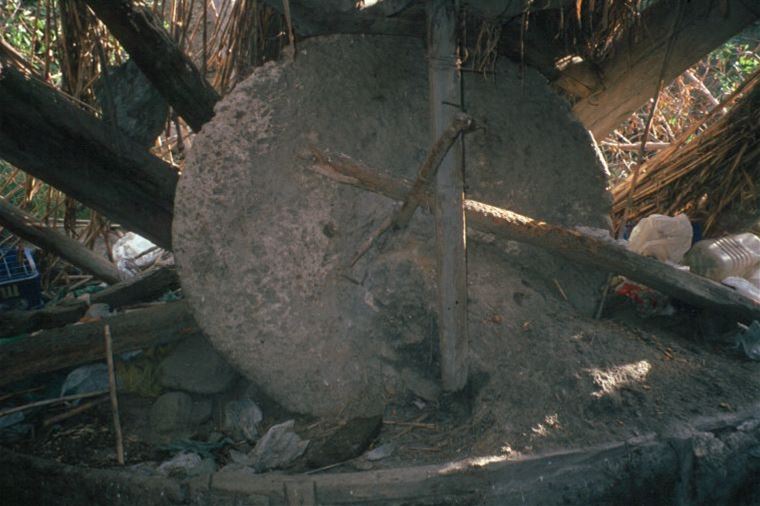The city is believed to have been built by the Hittites 4000 years ago and was large enough to house 10,000 people, their pets and the food supplies they stored. And one more thing, this was all done underground.
There are some hypotheses that the first wild olive trees appeared in Asia Minor, where they spread from Syria to Greece, through Anatolia, which today belongs to Turkey, which has a coast on the Black Sea and the Mediterranean Sea. Olive trees hold such great importance in Turkey that the tree is recognized as a symbol of the country. Here, there are more than 160 million olive trees, and some of the varieties found in the country are gemlik, yaylik, memecik, erkence and ayvalik. This crop has been a vital part of this region’s economy in for more than two millennia.
The pre-Hellenic Mediterranean people, such as Troy, settled on the coast of Turkey during the II and III.ac millennia. Here, there was already a vibrant olive trade with other powers such as Crete, Egypt and Phoenicia. Archaeological remains of oil amphorae, ancient olive trees, such as Urla’s olive tree, and mills dating back 4,000 years are the living witnesses of a region filled with olive trees.
Another sign of the importance of olive groves and the exquisite juice extracted from them, EVOO, is present in the underground cities discovered in the Anatolia region. This region, has been formed and remodeled through the huge volcanic eruptions that covered the region, leaving a limestone soil with a thick layer of hardened lava that is easy to excavate. This led to the construction of underground refuge cities at different levels. The oldest and most recognized is the city of Derinkuyu, in the region of central Anatolia, in the province of Nevsehir in Cappadocia. It was discovered accidentally after basement wall was demolished in 1963. The city is believed to have been built by the Hittites 4000 years ago and was large enough to house families, their pets and the food supplies they stored. They have discovered stables, dining rooms, rooms for worship including a church and a monastery, kitchens, water tanks and residential areas. Not only could that, as it is a Mediterranean city, there was a cellar located in a strategic place that stored EVOO and kept it intact. The city had manual mills and oil presses called torku. They also reused a byproduct known as prina (pomace) for soap production and as fuel once dry and compressed. The city has water wells, communication galleries and ventilation wells, and it is estimated that it could have provided shelter for up to 10,000 people. The city has a tunnel almost 8 km long that connected it with the neighboring underground city of Kaymaklı. This archaeological find once again reiterates that olive groves and EVOO have accompanied humankind since the beginning of its existence.

